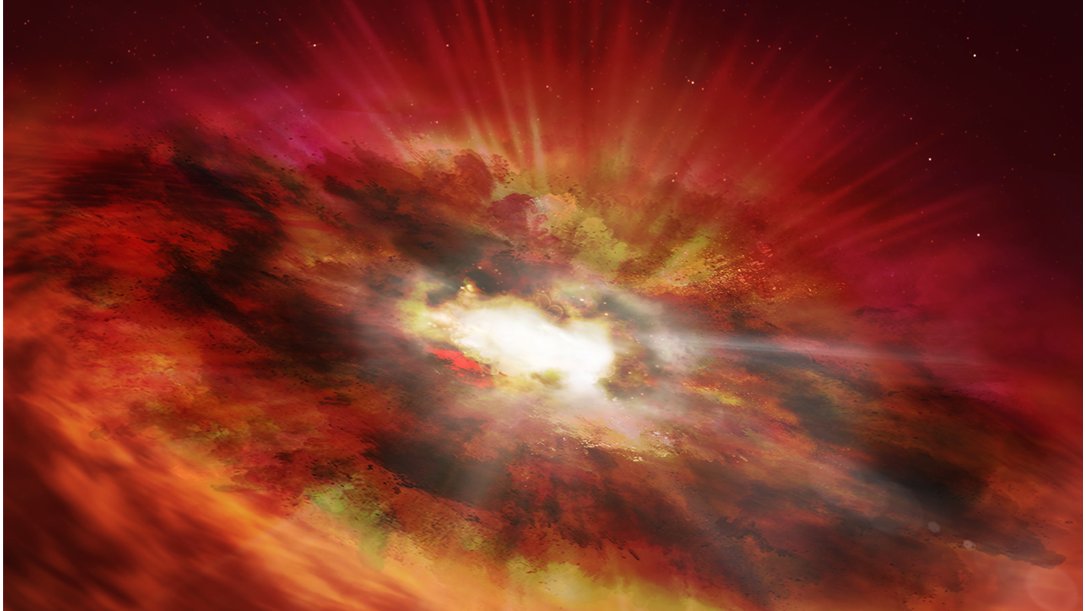New study challenges prevailing theory of how black hole jets generate X-rays

Black hole jets are known for their ability to emit X-rays, but the exact process by which particles are accelerated to such high-energy states has long puzzled astronomers. A new study, which examined multiple observations from NASA's Chandra observatory, analyzed the X-ray emissions of nearly all the black hole jets in its dataset and found that the X-ray emissions from a significant number of black hole jets exhibit rapid variability over just a few years.
These findings, published in a paper in the journal Nature Astronomy, challenge a prevailing theory regarding the mechanism behind the generation of X-rays in these cosmic phenomena.
Blazars, cosmic objects powered by supermassive black holes at the centers of galaxies, are characterized by their intense emissions of high-energy radiation. The prevailing theory proposes that X-ray emissions in blazars originate solely from the central black hole "engine" that propels the jet.
However, researchers involved in the new study discovered rapid fluctuations in X-ray emissions across the entire length of black hole jets, suggesting that particle acceleration occurs all along the jet, at vast distances from its origin at the black hole.
The new findings poke significant holes in one of the major theories for X-ray production in black hole jets.
Lead author Eileen Meyer, an astronomer at the University of Maryland, Baltimore County, hopes the paper spurs future work. "Hopefully, this will be a real call to the theorists," she said, "to basically take a look at this result and come up with jet models that are consistent with what we're finding," she said.
The quest to unravel the mysteries of these cosmic powerhouses remains a fascinating endeavour that promises to uncover captivating insights into the workings of our universe.
- READ MORE ON:
- black hole jets X-ray emissions
- black hole
- Chandra telescope
- NASA










